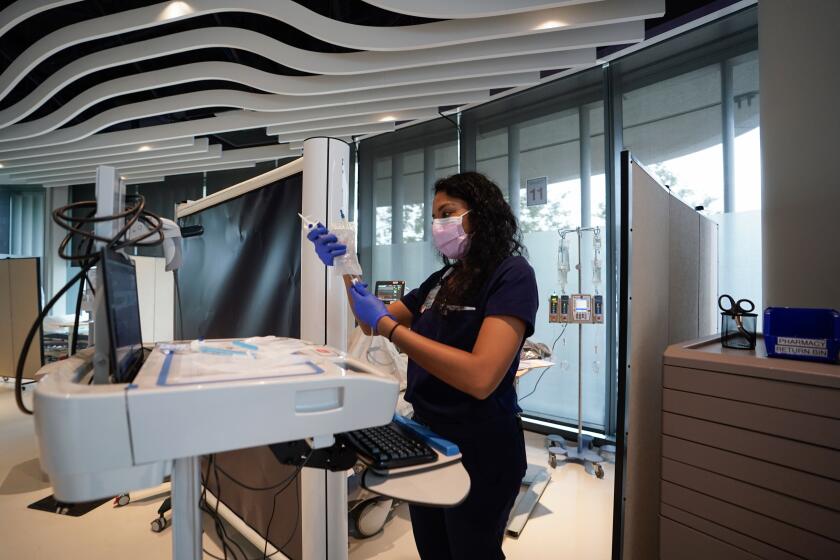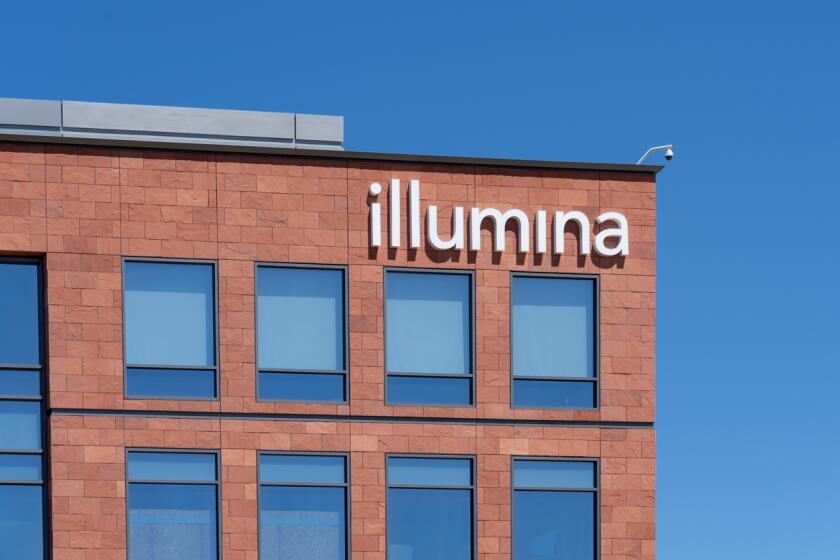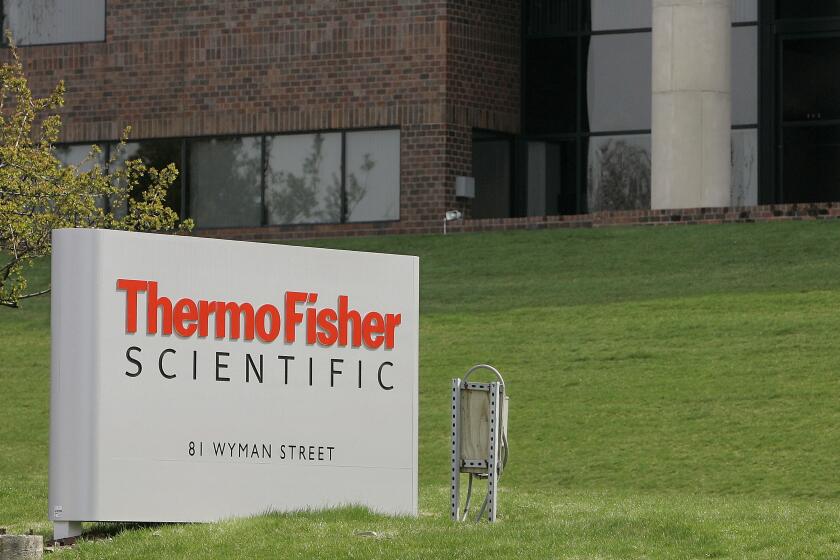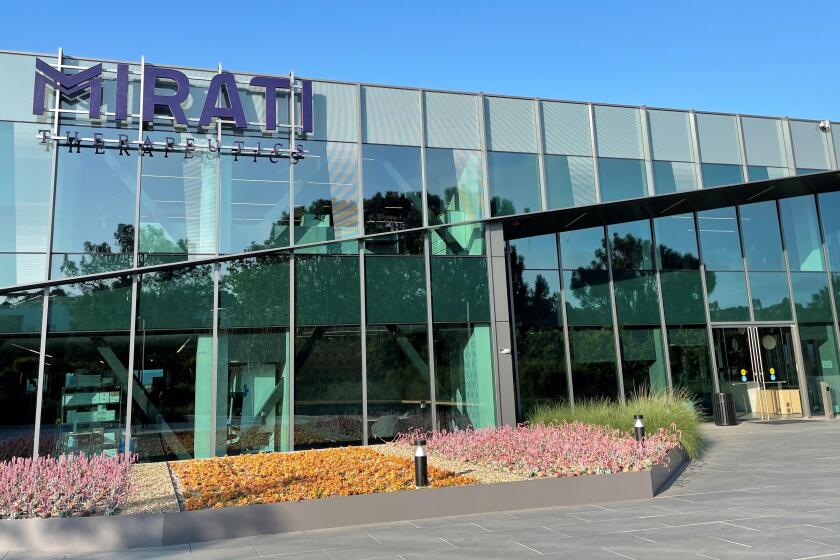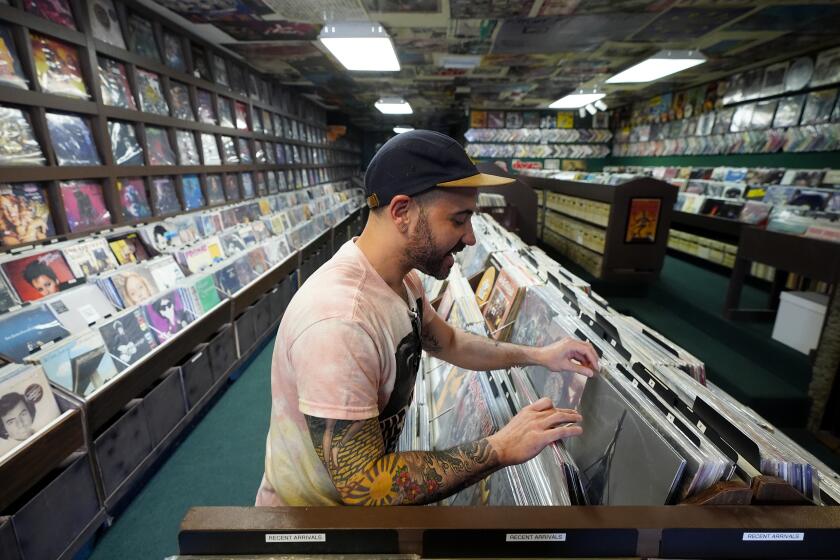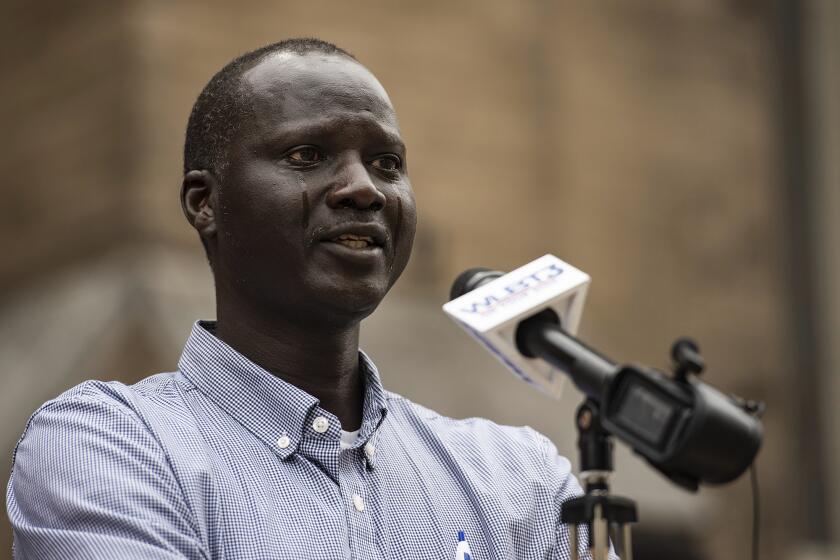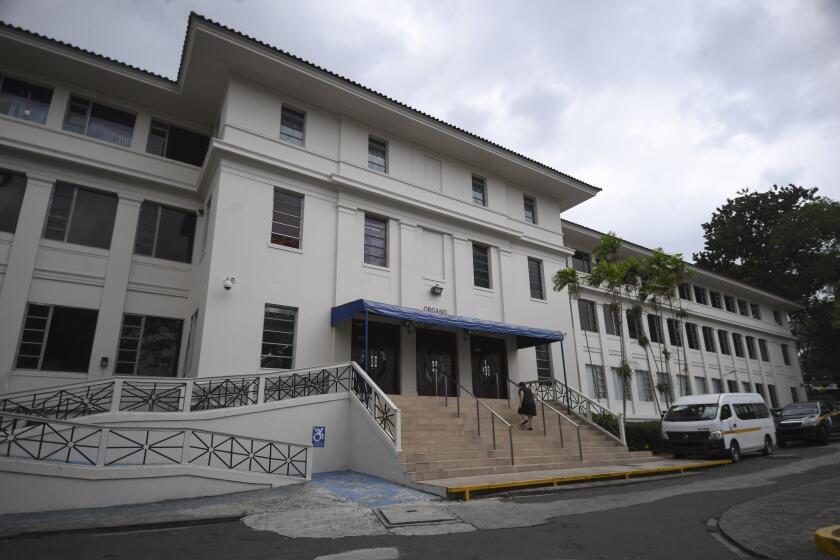Illumina and the San Diego Zoo are sequencing koala genomes to investigate disease
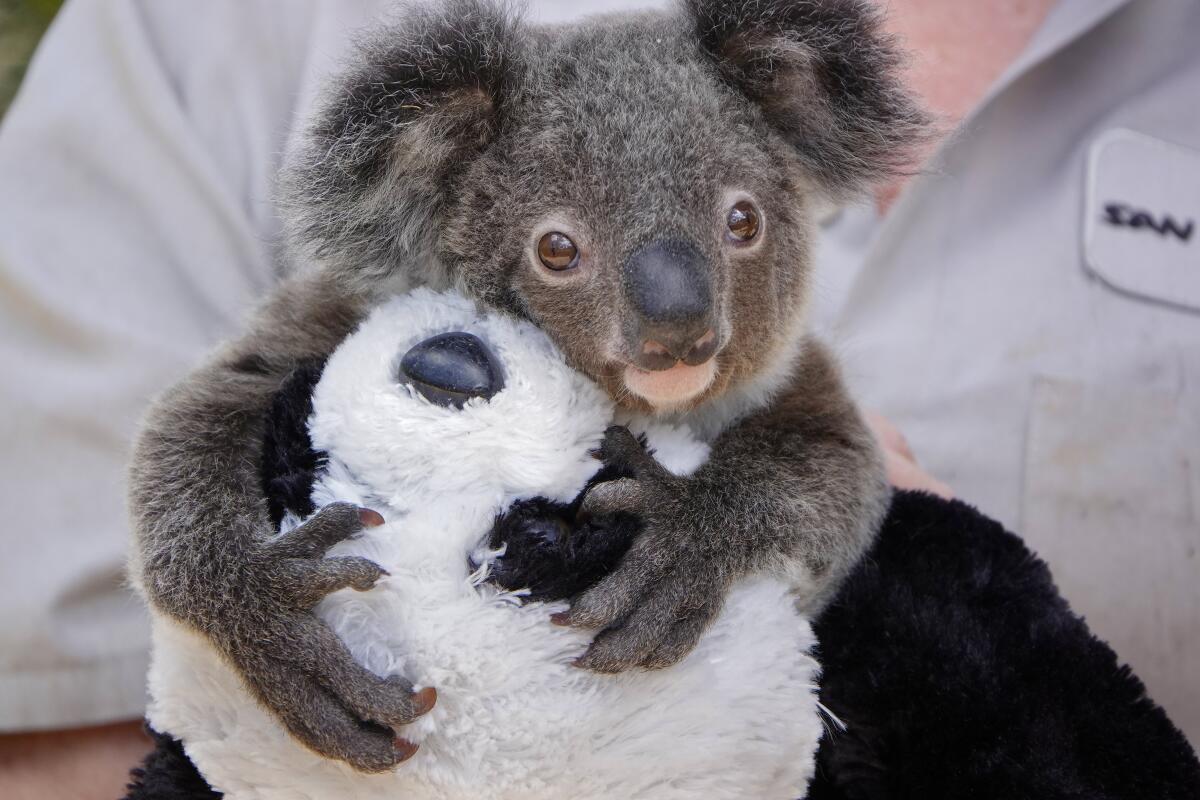
The partnership aims to analyze genetic data for koalas to better understand diseases that threaten the marsupials
Two world-class institutions that call San Diego home have joined forces on an investigation into the DNA of koalas.
The San Diego Zoo Wildlife Alliance and DNA-sequencing giant Illumina are examining the genetic information of nearly 100 koalas spanning 30 years to get a better understanding of koala retrovirus, or KoRV.
Scientists suspect through growing evidence that certain variants of koala retrovirus — all koalas carry some form of it — are associated with common diseases and health issues they have, such as leukemia, lymphoma and deadly fungal infections.
KoRV is baked into the genes of koalas and gets passed along to the next generation. This boatload of genetic data will help researchers examine patterns of how KoRV is getting integrated into koala genes. In turn, having a better understanding of KoRV will help inform conservation plans for koalas in the wild and in human care.
Dr. Cora Singleton, senior veterinarian at the San Diego Zoo Wildlife Alliance, works primarily with marsupials, including koalas. Singleton has cared for koalas for years and witnessed them struggle with the health effects of KoRV.
In order to sequence the genome, the San Diego Zoo used samples from koalas currently living at the zoo as well as samples from the Frozen Zoo — a bank of living cells — going back to the 1970s. These 91 samples were then sent to Illumina’s laboratory in San Diego, where researchers extracted the DNA to prepare it for sequencing in their machines. Those sequencing instruments break the DNA down into the basic alphabet that makes up all genetic information.
Ashley Van Zeeland, vice president of corporate development at Illumina, said there is a lot less known about the koala genome than the human genome. That mass amount of data was then sent to collaborators in other countries, who are now studying the koala genomes.
“(They) take the data that our instruments generate and put it together into kind of the full picture of that species,” Van Zeeland said.

Van Zeeland, who has worked in genomics for two decades, explained the unique offering of this dataset is that it pairs generations of genetic data alongside meticulously documented medical records. For instance, researchers can examine the cause of death for a koala and its parents to see if there’s a connection.
Researchers are looking for patterns of where KoRV has inserted itself into the koala’s DNA because it’s not entering at the same spot for every koala. More specifically, researchers are comparing the patterns of how KoRV integrated into koala genes in a way that may be associated with certain diseases.
Van Zeeland explained that looking at where KoRV inserted itself in the genome may give researchers an idea of which genes might be disrupted, turned on or off in the koala and the resulting effect on their health.
Having that knowledge of which integration patterns correlate with certain adverse health effects could inform how conservationists pair up koala populations for reproduction. As koalas already face pressures from climate change and a disappearing habitat in the wild, this would tackle one more stressor on the endangered population.
While the koala genome had already been sequenced previously, the scale of this project wasn’t feasible even a few years ago, explained Singleton.
“One of the questions everybody always said from a research perspective: ‘Wouldn’t it be great if we could see what’s going on in the genome?’ But for many, many years it was very expensive and very labor intensive,” Singleton said.
Illumina has been focused on getting the cost of sequencing the genome down so this kind of technology is more accessible and applicable for researchers. Van Zeeland said that in 2015 it cost roughly $1,000 to $2,000 to sequence a genome, but now that cost is down to about $200 using the latest technology. (Illumina’s work on the project is through its Illumina iConserve initiative, which focuses on environmental and wildlife conservation.)
Singleton characterizes this project as a career highlight to be a part of a network of collaborators trying to solve the same puzzle. While it’s been years in the making, she always knew “there was something special in there that we had to uncover at the right time and the right place.”
“It’s the moment for genetics to take off in the world of conservation,” Singleton said.
The effort to compile and analyze a database of the North American koala population will be the largest koala pedigree genomic database in the world. The project spans continents and is also aided by the University of Sydney, Australian Museum Research Institute, University of Nottingham, Leibniz Institute for Zoo and Wildlife Research and ZooParc de Beauval.
Get U-T Business in your inbox on Mondays
Get ready for your week with the week’s top business stories from San Diego and California, in your inbox Monday mornings.
You may occasionally receive promotional content from the San Diego Union-Tribune.

